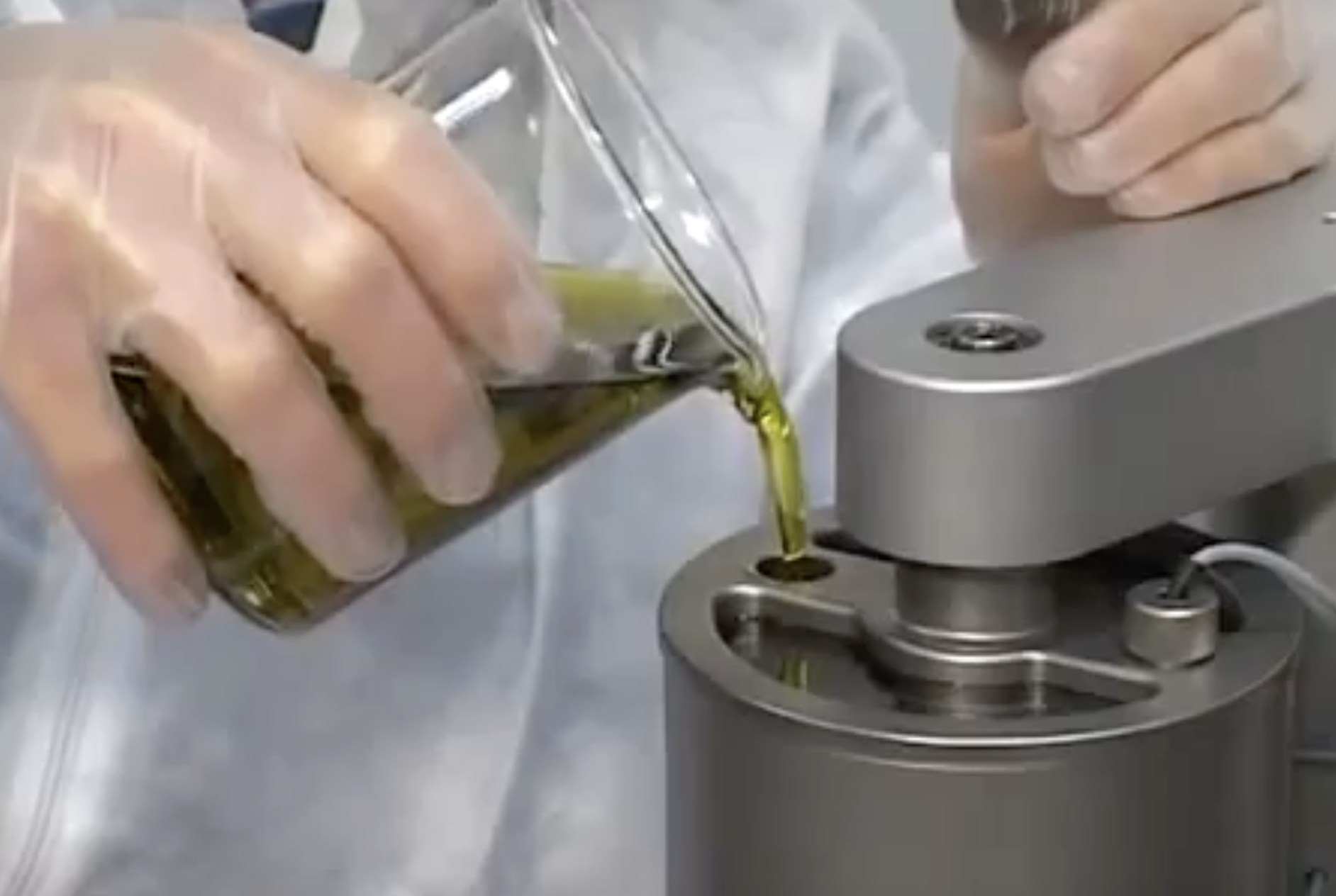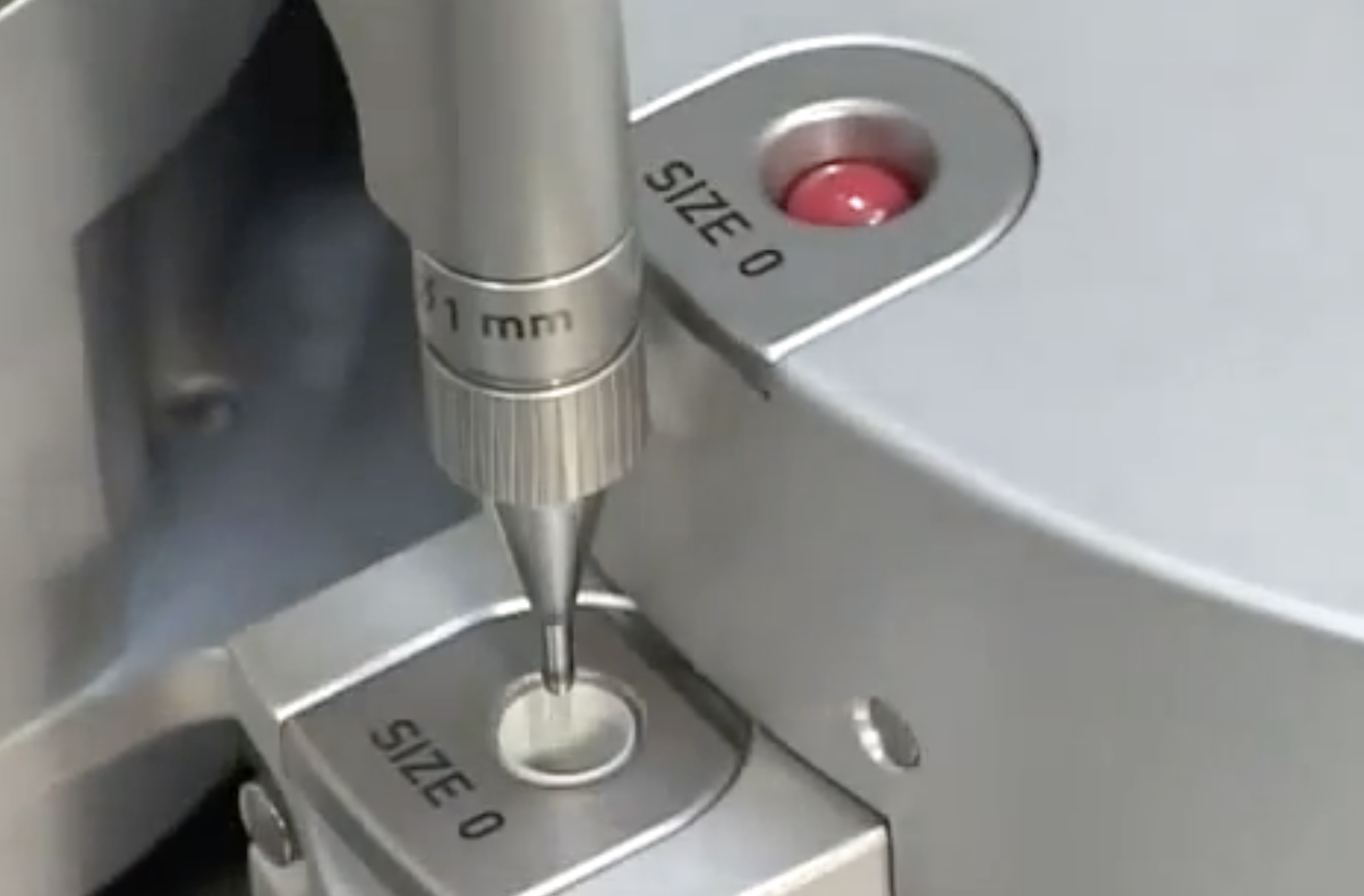Usually when someone tells you “this thing melts away the fat,” you should be skeptical. But every once in a while researchers are able to isolate a natural function in our body, extract the components, and isolate them into a product.
Case in point with L-Carnitine Fumarate. (I’ll drop the “fumarate” because all it means is that it’s delivered with fumaric acid, and the “L” just means it’s an amino acid.) Carnitine is a naturally occuring amino acid that our body makes to break down and metabolize fat. That is literally it’s whole job. So in supplements, yes, it really can help you with weight loss.
Fast Facts:
L-Carnitine carries fat cells from your blood an into your cells to be burned as energy.
Without carriers like Carnitine, fat winds its way through our system and is eventually turned into fat on our midsections and elsewhere.
Carnitine, though, is best used when something else is helping us convert stored fat.
In essence, Carnitine isn’t that much use on its own. But in the right supplement, it can make all the difference.
What is L-Carnitine?
As we mentioned earlier, Carnitine is an amino acid, meaning it can fulfill many functions throughout the body. As we’ve already discussed, it carries fat into cells as usable energy. But its roles can extend far beyond that.

We won’t cover those other functions in too great detail because our focus is weight loss. In brief, though, Carnitine can help with male fertility, kidney diseases, hypothyroidism, and other illnesses.
Much of these other benefits derive from Carnitine acting just like an antioxidant. Though still classified as an amino acid, a building block of protein structures, it also reduces stress on our cells from free-radicals. It’s possible that this antioxidant effect may also help with weight loss, but the evidence isn’t as strong as with its fat-burning potential.
How L-Carnitine Works
In a very brief physiology lesson, we’ll cover how Carnitine moves fat from the blood and into the cells where it’s needed most.
Long-Chain Fatty Acids
Fats come in all shapes and sizes. As anyone who’s eaten a bite of butter versus a bite of avocado can tell you. One difference between two fat cells is how long their chain is. When broken out of the adipose tissue that makes up most of our fat stores, the resulting fat cells come out as triglycerides.
Triglycerides are notoriously hard to absorb into our cells, requiring a lot of albumin or other protein structure to help usher them in. For visualization, imagine you’ve taken Capsaicin as a thermogenic–now your body is breaking fat cells away from the fat around your body, and the fat is floating through your bloodstream.
The fat comes up next to a muscle cell, but since sugar is the easiest calorie to burn, the muscle cell doesn’t immediately know to take up the triglyceride as a fuel source. Here’s where Carnitine comes in. It binds with the fat cell, and releases a signal to the muscle to let the fat cell in.
Inside the Cell
Once inside the cell, Carnitine’s work isn’t done. Once there, Carnitine is able to help the cell convert the fat into ATP, or adenosine triphosphate. ATP is the actual molecule that all of our cells must make out of sugar, protein, or fat, to use as energy. Without converting fat into ATP, the fat is useless.

So now Carnitine has already done two things our bodies can’t do without it–it gets fat into muscle cells, and then helps the muscles actually burn it up. But it’s not done yet! It has one more job to do in the cell on its way out.
Leaving the Cell
When a Carnitine molecule is leaving the cell it was in, it takes out the trash as it goes. That’s a metaphor, of course, but it’s pretty apt to what actually takes place. As our cells burn calories and deal with the breakdown of their molecular materials, waste and toxins are generated.
Scientists have recently discovered that as Carnitine leaves a cell, it takes all those toxins and waste with it as it goes. With that kind of full-circle benefit, it’s no wonder scientists in nearly every paper written about Carnitine describe it as “essential” to metabolizing fat.
Why Carnitine Can’t Do it Alone
Everything with Carnitine is coming up roses, right? So why isn’t everyone taking it? There are two reasons for that. One, many people already consume enough animal protein to get it through their diet, or they already make enough on their own (what’s called endogenous synthesis).
But the main reason Carnitine isn’t in more supplements is that it can’t convert stored fat (adipose tissue). It can only help metabolize that fat once it is converted. So if a supplement doesn’t have active lipase ingredients, then nothing will actually happen by taking more Carnitine.
Some examples of ways you can turn triacylglycerol (stored fat) into usable fat are by fasting or eating less, or taking thermogenics like Capsaicin or caffeine.
Last Word
In the end, as powerful as Carnitine is, it can’t do everything–though as we’ve seen, it can certainly do a lot! Like dieting without exercising, Carnitine without other helper ingredients wouldn’t make a very good weight loss strategy.
But as part of an effective formula, it really can help your body convert the fat in your bloodstream into energy. Provided, of course, you have something helping you break the fat away from the adipose tissue where it’s stored.
